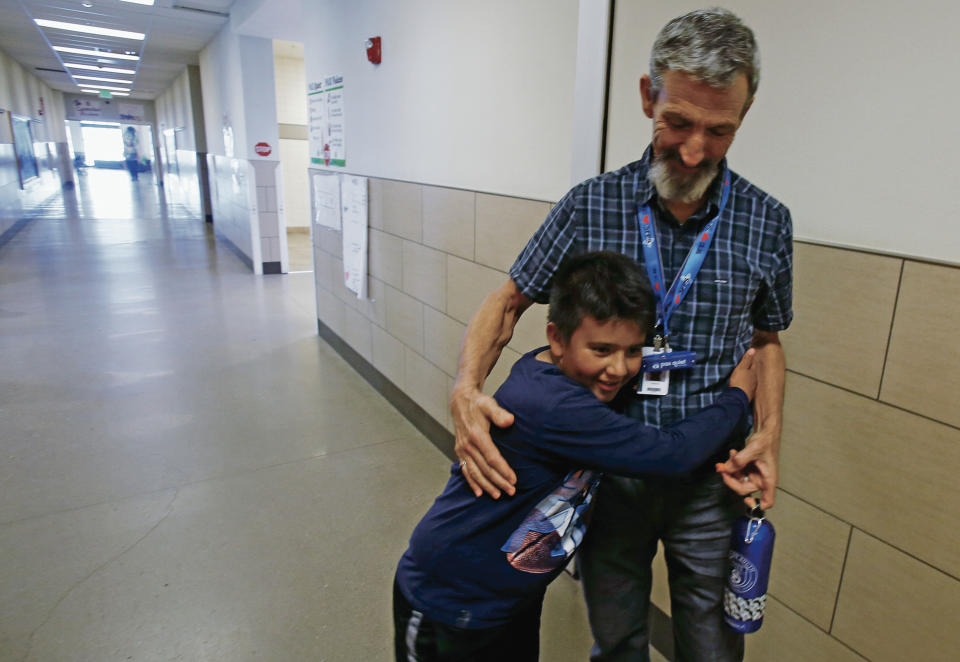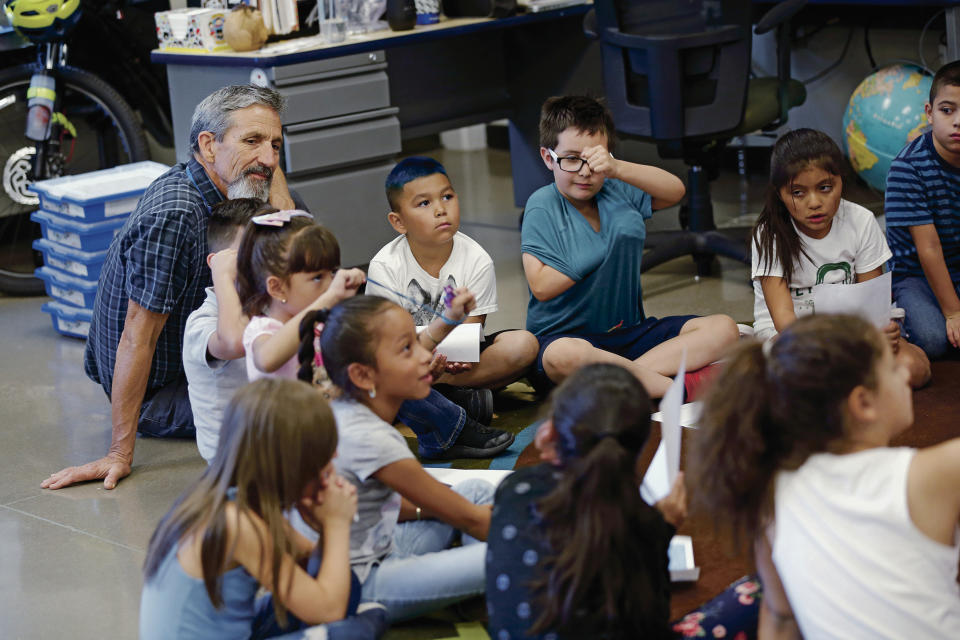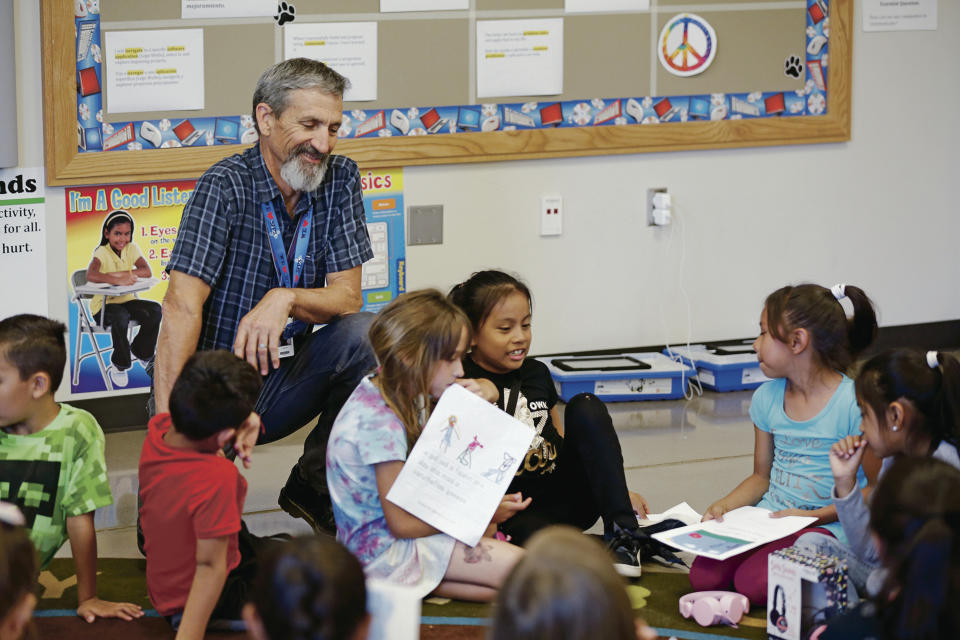New Mexico educator heading to Cambodia to help teachers
SANTA FE, N.M. (AP) — Before he joined Santa Fe Public Schools, Gary Bass taught English in China, Syria and Vietnam. His students at El Camino Real Academy are aware of his world travels and prone to inquiring about motorbike traffic in Asia or the sounds of a foreign language.
"If they ask me to say something in Chinese, they laugh the way people laugh at things they don't understand," Bass said. "They don't get it that people on the other side of the world are thinking the same thing when they hear their language, that we're all just people trying to get by."
Next month, Bass will take a one-month leave from his classroom to train English teachers at a K-12 school in Kampot, Cambodia, thanks to a scholarship from the Fulbright Program, an international educational exchange program sponsored by the U.S. State Department. Beyond helping Cambodian teachers explain the intricacies of English tenses or subject-verb agreement, Bass said he hopes the experience helps him broaden the world view of his students back home in New Mexico.
"I'm hoping to alleviate some of my own students' stereotypes about people from that side of the world," Bass said. "The world needs people speaking more languages and trying to understand each other better. This is a good chance for me to help that come along a little bit."
Bass said he submitted an application for the Fulbright scholarship in May that included professional references and a few personal essays. He learned he'd been selected in July.
At El Camino Real, a K-8 school of 316 students, Bass speaks both English and Spanish to teach digital literacy classes in which kindergartners learn to click a mouse and middle schoolers write code for video games. The school's bilingual program begins in kindergarten, with 80 percent of the instruction in Spanish. By third grade, class time is split evenly between Spanish language and English language lessons. In middle school, math, science and language arts classes alternate each quarter between Spanish and English.
Bass and his students agree the dual-language model improves students' grasp of both languages.
"When we learn in both languages, it's challenging, especially for people who only know a little Spanish or a little English," El Camino Real seventh-grader Jonathan Alvarez said in Spanish. "But when you're learning new things in Spanish, you're learning new things in English, too. If you learn a new word in Spanish, you can now learn it in English, too."
Bass said he is already introducing his students to the sights of Kampot, such as a traffic circle built around a giant statue of a durian — a thorny fruit native to the region that is famous for its putrid smell. There also are cultural details to impart, like the small wooden spirit houses outside businesses and homes filled with cigarettes, whiskey and other worldly goods meant to appease spirits.
Bass' desk at El Camino Real has flashcards for words in Khmer, Cambodia's primary language.
Bass' Fulbright assignment is to train English teachers to better understand and implement their curriculum, which he said comes from an American textbook. His larger goal is to establish a pen pal system, video conferences and other cultural exchanges between the school in Cambodia and his classroom in Santa Fe.
Before he leaves at the end of October, Bass is trying to think of what pieces of New Mexico to bring with him to share with his new colleagues and students.
"I would love to take green chile, but I don't know how to transport that," Bass said. "I'm trying to think of what type of gift could represent New Mexico."
Bilingualism seems like it will do.



